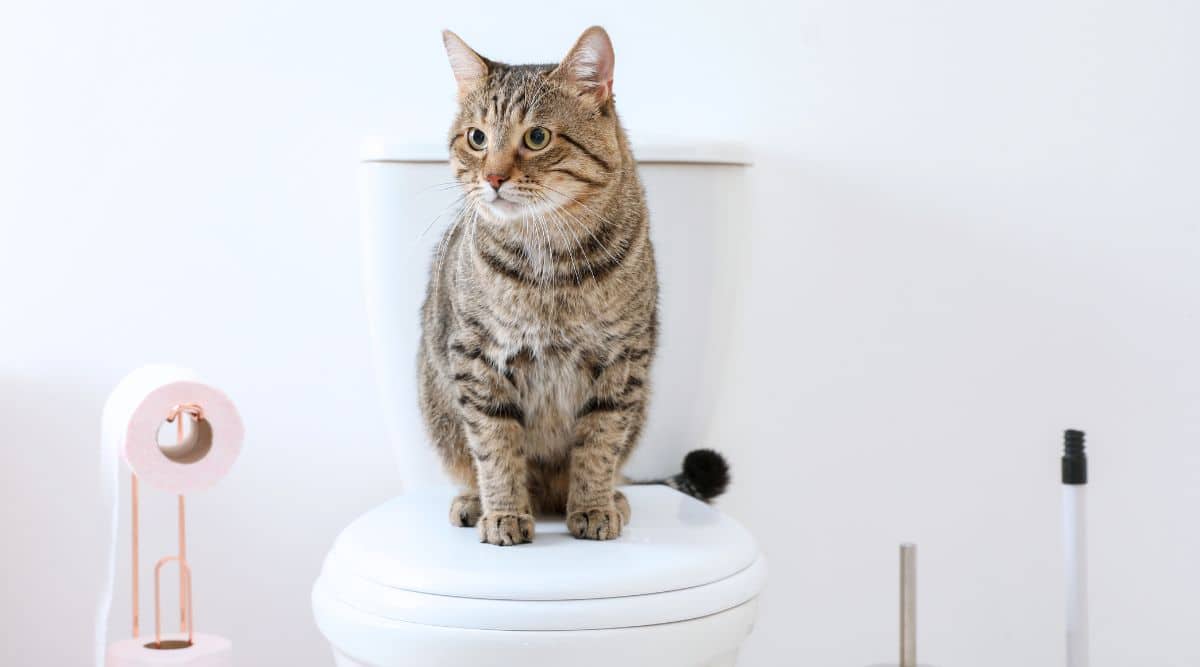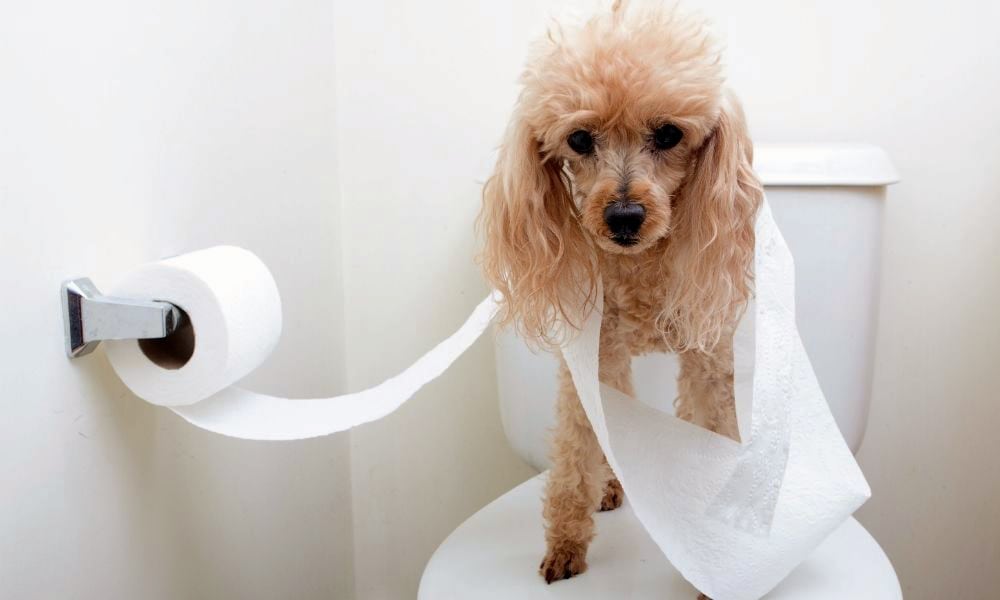Causes Why You Should Never Dispose of Animal Waste Down the Toilet
Causes Why You Should Never Dispose of Animal Waste Down the Toilet
Blog Article
Are you currently trying to find info about 4 Reasons Why Dog Poop Cleanup is Important?

When it concerns taking care of waste, particularly animal waste, many people usually resort to the hassle-free option of flushing it down the commode. However, this apparently easy service can have significant repercussions for the setting and public health. In this article, we'll discover why flushing pet waste down the bathroom is a negative idea and supply alternate techniques for correct disposal.
Introduction
Proper garbage disposal is vital for maintaining ecological sustainability and public health. While it may seem harmless to purge animal waste down the commode, it can cause numerous concerns, both for the setting and human wellness.
Threats of flushing pet waste
Environmental impact
Flushing animal waste presents harmful microorganisms and pathogens right into rivers, which can negatively influence aquatic ecological communities. These pathogens can infect water sources and harm aquatic life, disrupting delicate ecological communities.
Public health worries
Animal waste contains damaging bacteria such as E. coli and Salmonella, which can pose severe wellness threats to people. Flushing pet waste down the toilet can pollute water products, resulting in the spread of diseases and infections.
Alternatives to flushing
Instead of flushing pet waste down the toilet, there are numerous alternate disposal methods that are extra eco-friendly and sanitary.
Composting
Composting animal waste is a green way to take care of it. By composting, organic matter is broken down into nutrient-rich soil, which can be utilized to feed gardens and plants.
Landfill disposal
Taking care of pet waste in a land fill is an additional choice. While not as eco-friendly as composting, it is a more secure alternative to flushing, as it stops the contamination of water resources.
Pet garbage disposal systems
There are specialized family pet garbage disposal systems offered that securely and hygienically deal with pet waste. These systems typically use enzymes to break down waste and get rid of odors.
Steps to proper pet waste disposal
To ensure appropriate disposal of animal waste, follow these actions:
Scooping and nabbing waste
On a regular basis scoop and bag animal waste making use of naturally degradable bags. This avoids waste from contaminating the environment.
Making use of assigned waste containers
Dispose of bagged animal waste in designated waste bins, such as compost containers or landfill containers. Avoid flushing it down the bathroom whatsoever costs.
Cleaning can and pet areas frequently
Routinely tidy litter boxes and pet locations to stop the build-up of waste and bacteria. Usage pet-safe cleaning items to maintain health.
Benefits of appropriate disposal methods
Embracing correct disposal approaches for pet waste supplies a number of advantages:
Minimized environmental pollution
Appropriate disposal methods minimize the danger of environmental pollution, protecting waterways and environments from contamination
Reduced danger of water contamination.
By preventing flushing animal waste down the commode, the danger of water contamination is significantly decreased, securing public health.
Boosted sanitation and hygiene
Appropriate disposal approaches promote much better hygiene and hygiene, developing a safer atmosphere for both people and pets.
Verdict
In conclusion, flushing animal waste down the toilet is unsafe to the setting and public health. By adopting alternate disposal approaches and adhering to correct waste monitoring practices, we can minimize the unfavorable impact of animal waste and contribute to a cleaner, healthier earth.
What To Do With Dog Poo – The Do's And Don'ts Of Disposing Of Faeces
Dog poo bins
Some councils provide dedicated dog waste bins in popular dog-walking areas that can take dog poo that has been bagged but you can legally dispose of dog waste in any public litter bin, as long as it is securely bagged. This also applies to your wheelie bin at home.
Do not flush
Water companies do not recommend flushing dog faeces down the toilet because certain parasites can survive the water processing treatment and are potentially harmful to humans. You should also never consider flushing dog poo that has been bagged down the toilet as the bags will not break down and instead create severe blockages in the sewage system.
In the woods
The Forestry Commission promotes a ‘stick and flick’ method for dealing with waste in the woods. This means finding a stick and using it to flick any poo from off the path so that it is out of the way of other walkers. You could also bury it as long as it is not in an area where there might be livestock.
Livestock
Parasites found in dog poo can be transmitted to livestock if they inadvertently eat infected faeces that has been left on grazing land. This could result in the death of sheep or abortion in cattle so you should always make sure you pick up your dog’s waste in fields where livestock could be present.

Routinely tidy litter boxes and pet locations to stop the build-up of waste and bacteria. Usage pet-safe cleaning items to maintain health.
Benefits of appropriate disposal methods
Embracing correct disposal approaches for pet waste supplies a number of advantages:
Minimized environmental pollution
Appropriate disposal methods minimize the danger of environmental pollution, protecting waterways and environments from contamination
Reduced danger of water contamination.
By preventing flushing animal waste down the commode, the danger of water contamination is significantly decreased, securing public health.
Boosted sanitation and hygiene
Appropriate disposal approaches promote much better hygiene and hygiene, developing a safer atmosphere for both people and pets.
Verdict
In conclusion, flushing animal waste down the toilet is unsafe to the setting and public health. By adopting alternate disposal approaches and adhering to correct waste monitoring practices, we can minimize the unfavorable impact of animal waste and contribute to a cleaner, healthier earth.
What To Do With Dog Poo – The Do's And Don'ts Of Disposing Of Faeces
Dog poo bins
Some councils provide dedicated dog waste bins in popular dog-walking areas that can take dog poo that has been bagged but you can legally dispose of dog waste in any public litter bin, as long as it is securely bagged. This also applies to your wheelie bin at home.
Do not flush
Water companies do not recommend flushing dog faeces down the toilet because certain parasites can survive the water processing treatment and are potentially harmful to humans. You should also never consider flushing dog poo that has been bagged down the toilet as the bags will not break down and instead create severe blockages in the sewage system.
In the woods
The Forestry Commission promotes a ‘stick and flick’ method for dealing with waste in the woods. This means finding a stick and using it to flick any poo from off the path so that it is out of the way of other walkers. You could also bury it as long as it is not in an area where there might be livestock.
Livestock
Parasites found in dog poo can be transmitted to livestock if they inadvertently eat infected faeces that has been left on grazing land. This could result in the death of sheep or abortion in cattle so you should always make sure you pick up your dog’s waste in fields where livestock could be present.

Hopefully you enjoyed reading our part on 10 Things You Should Never Flush Down The Toilet. Thanks a ton for taking time to browse our posting. Loved our blog? Please quickly share it. Help somebody else check it out. I praise you for your time. Revisit us soon.
Call Today Report this page